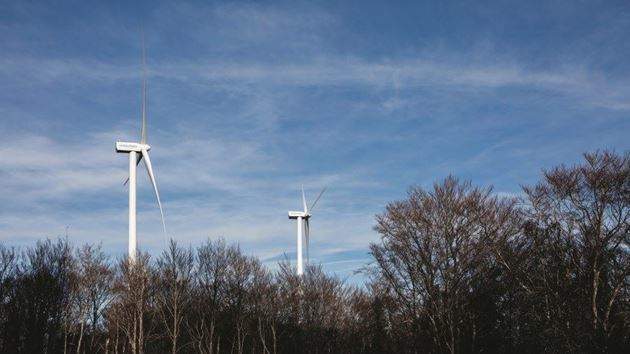
ReNew Power is an independent power producer (IPP) and Siemens Gamesa will supply turbines for its 100.8MW wind farm to be located in Kutch district, Gujarat and 76MW wind farm in Osmanabad district, Maharashtra.
ReNew Power wind president Balram Mehta said: “Siemens Gamesa’s quality EPC and execution capability has helped strengthen our portfolio of wind assets. Our association with them is now over 1GW which includes operational and under construction assets and we are pleased to have them as a valuable partner in our growth story.”
As part of the supply contract, Siemens Gamesa will also provide infrastructure needed to install and operate the facility including supply, erection and commissioning of 48 units of SG 2.1-122 wind turbines with 2.1MW capacity each, in Gujarat and 38 units of SG 2.0-114 wind turbines with 2MW capacity each, in Maharashtra, respectively.
Siemens Gamesa India Onshore CEO Ramesh Kymal said: “We are happy to announce these orders with ReNew Power, and thank them for choosing us as their preferred partner. Repeat orders such as this solidifies our enduring partnership, is an acknowledgement of our quality service, and is a testament to our expertise.”
Siemens Gamesa has been present in India since 2009 and has recently crossed 5.5GW the mark for the accumulated base installed in the country.
Expanding its presence in Southeast Asia, the company released the Asia Pacific version of its offshore 8MW turbine variant SG 8.0-167 DD, this September. The company stated that this turbine has been designed to address the local conditions across the region.
The turbine is based on its Offshore Direct Drive wind turbine platform and variant is claimed to suit the growing Taiwanese offshore wind market.
It is designed to meet local codes and standards regarding typhoons, seismic activities, 60 Hertz operation, as well as operation in high and low ambient temperatures. The design will be ready next year, with possible installation in 2020 in Taiwan.






